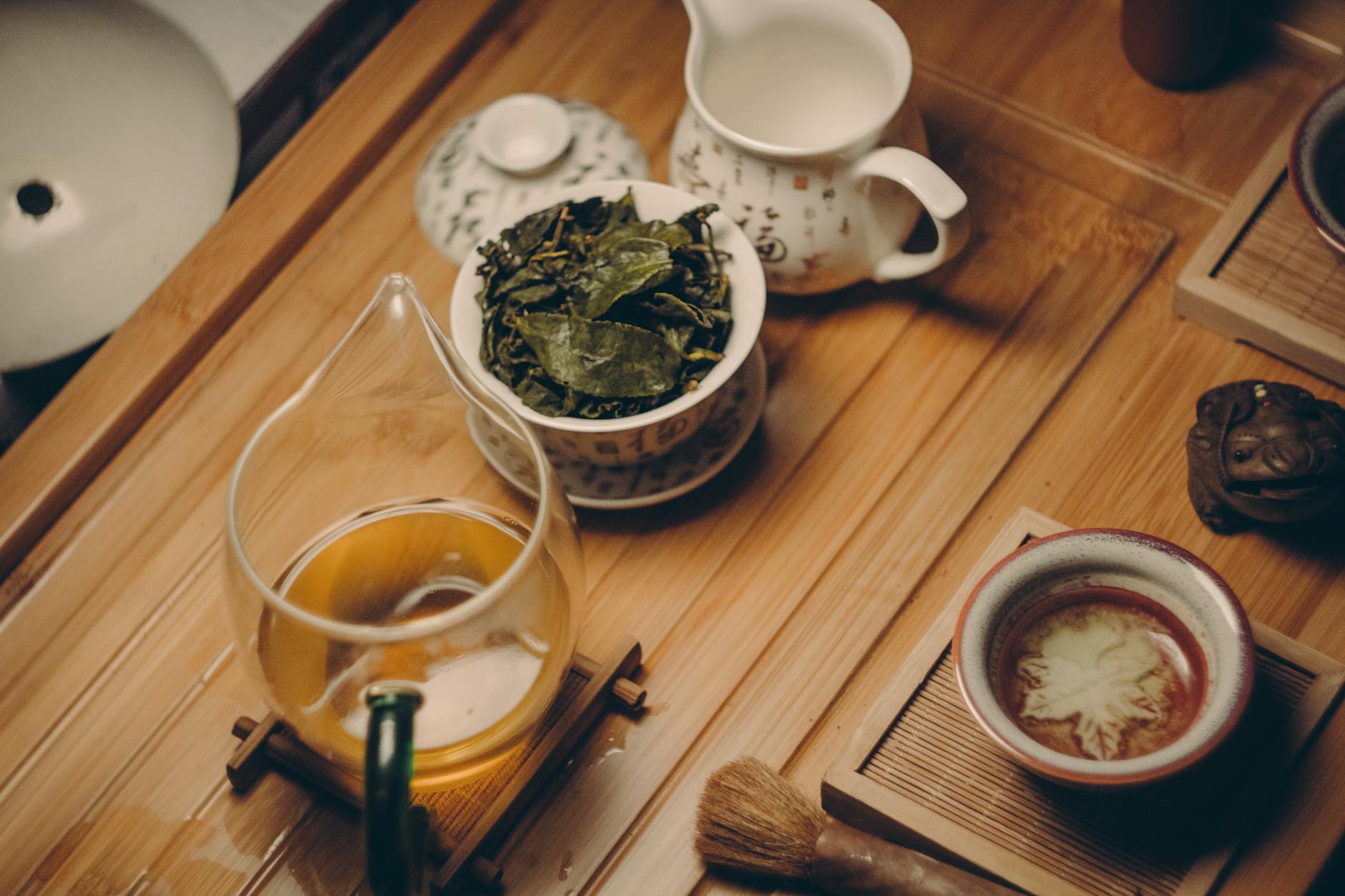
Tea is not just a drink; it’s an experience. Over time, I’ve embarked on my own journey of learning how to brew the perfect cup of tea. Along the way, I made numerous mistakes—like using the wrong water temperature or steeping for too long—but those missteps have been invaluable. What surprised me the most was how small details, like an extra minute of steeping or the right temperature, can completely transform the flavor.
In this guide, I’ll walk you through the different kinds of tea, from delicate white tea to rich, earthy pu-erh, and share the best ways to brew each one. By understanding the subtle differences in each tea type, you can enjoy a much richer and more flavorful experience—just as I have!
1. White Tea
White tea is the least processed of all teas, made from young leaves and buds. It has a delicate, light flavor with subtle floral or fruity notes.
- Brewing tips: Use water at 70–80°C (160–180°F) and steep for 2–5 minutes. This gentle approach preserves its delicate flavors.
2. Green Tea
Green tea is lightly processed to preserve its fresh, grassy, and sometimes slightly sweet taste. It’s known for its high levels of antioxidants.
- Brewing tips: Use water between 70–80°C (160–180°F) and steep for 1–3 minutes to avoid bitterness and maintain its fresh flavor.
3. Oolong Tea
Oolong is partially oxidized, offering a flavor profile between green and black tea. It can range from floral and light to rich and roasted, depending on how it’s processed.
- Brewing tips: Use water at 80–90°C (175–195°F) and steep for 3–5 minutes. Experiment to find the balance that suits your taste.
4. Black Tea
Black tea is fully oxidized, resulting in a bold, robust flavor and dark color. It’s the base for popular blends like Earl Grey and chai.
- Brewing tips: Use water at 90–100°C (195–212°F) and steep for 3–5 minutes. The strong flavor is forgiving, so it’s ideal for adding milk or sugar if desired.
5. Pu-erh Tea (Also Known as Red Tea)
Pu-erh tea is a fermented tea from China with a rich, earthy flavor. Often referred to as “red tea,” it’s steamed and formed into compressed shapes, such as bricks, cakes, or balls, and then dried. This unique process allows the tea to age and develop complex, deep flavors over time.
- Brewing tips: Use water at 90–100°C (195–212°F) and steep for 2–5 minutes. Pu-erh can be steeped multiple times, with the flavor evolving with each infusion.
6. Herbal Tea (Technically Tisanes)
Herbal teas aren’t technically “tea” since they’re not made from the Camellia sinensis plant but rather from a variety of herbs, flowers, and fruits. Popular types include chamomile, peppermint, and rooibos. They’re naturally caffeine-free and offer a wide range of flavors.
- Brewing tips: Use water at 90–100°C (195–212°F) and steep for 5–7 minutes. The longer steeping time allows you to extract the full flavor of the herbs.
One of my personal favorites is making fresh ginger tea. I love to slice a bit of fresh ginger and steep it in hot water—it’s far better than any store-bought ginger tea in a sack! The fresh root gives the tea a vibrant, spicy kick that is both warming and soothing. It’s one of my go-to beverages for relaxation or when I need a little energy boost.
Why Brewing Temperatures and Times Matter
Each type of tea is unique, and brewing it correctly ensures the best flavor. Overheating or over-steeping can lead to bitterness, while under-steeping might result in a weak taste. Getting it right allows you to fully enjoy the tea’s distinctive characteristics.
Tips for Your Tea Ritual
- Use a kettle with temperature control for precision, or let boiled water cool for a few minutes before brewing.
- Opt for loose-leaf tea to unlock fuller flavors and aromas.
- Experiment with steeping times and temperatures to discover what works best for your palate.
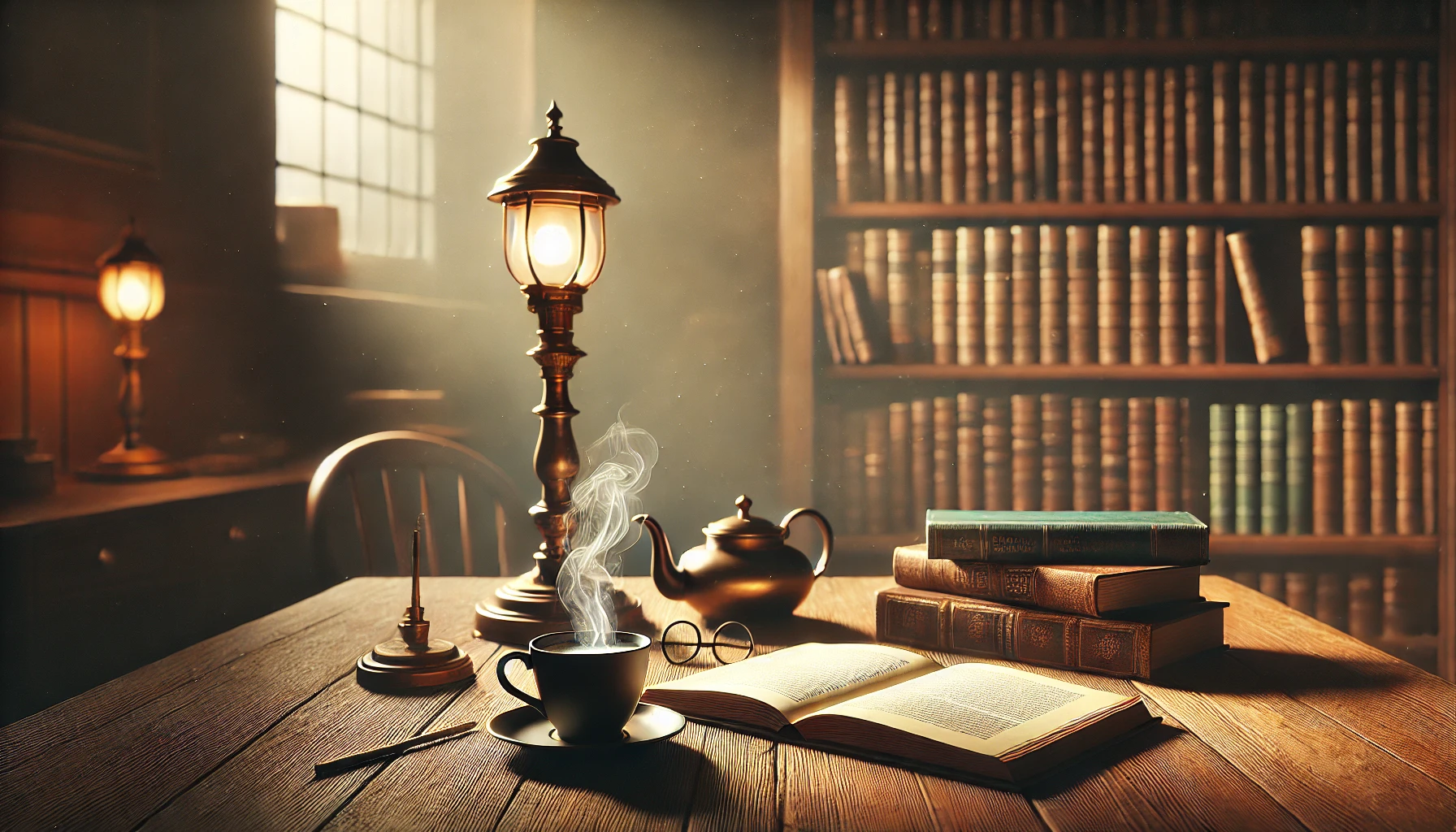
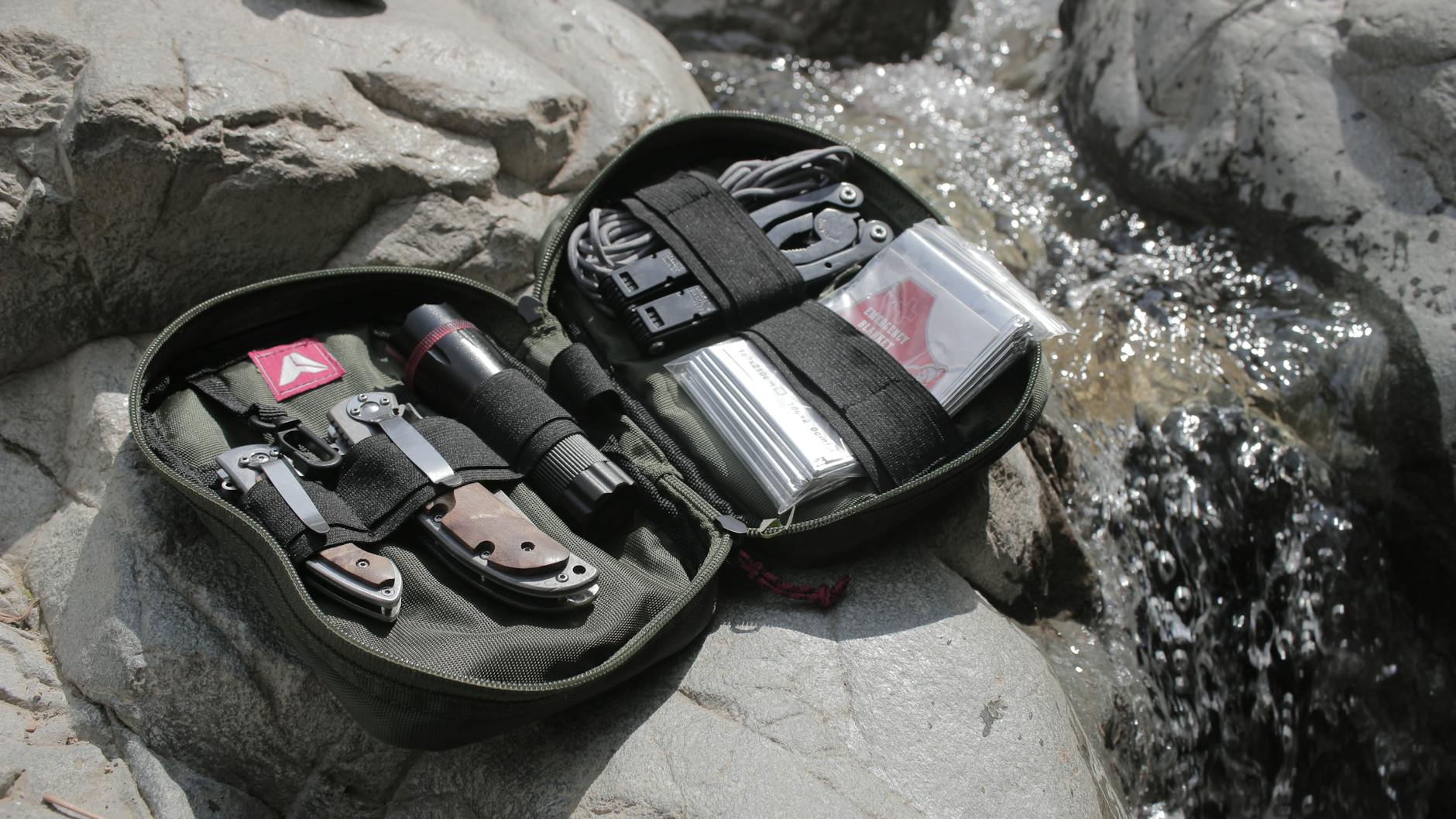
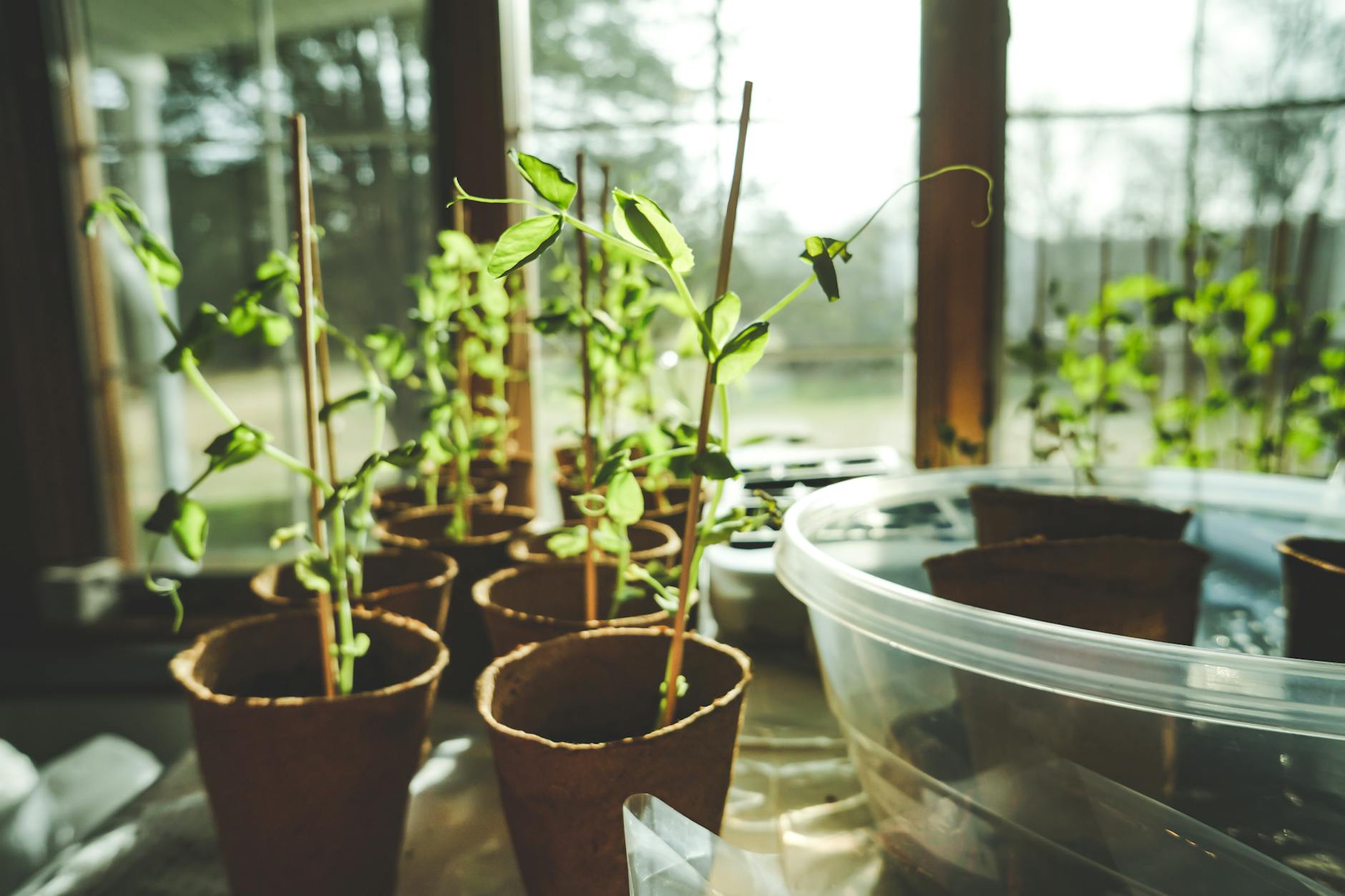
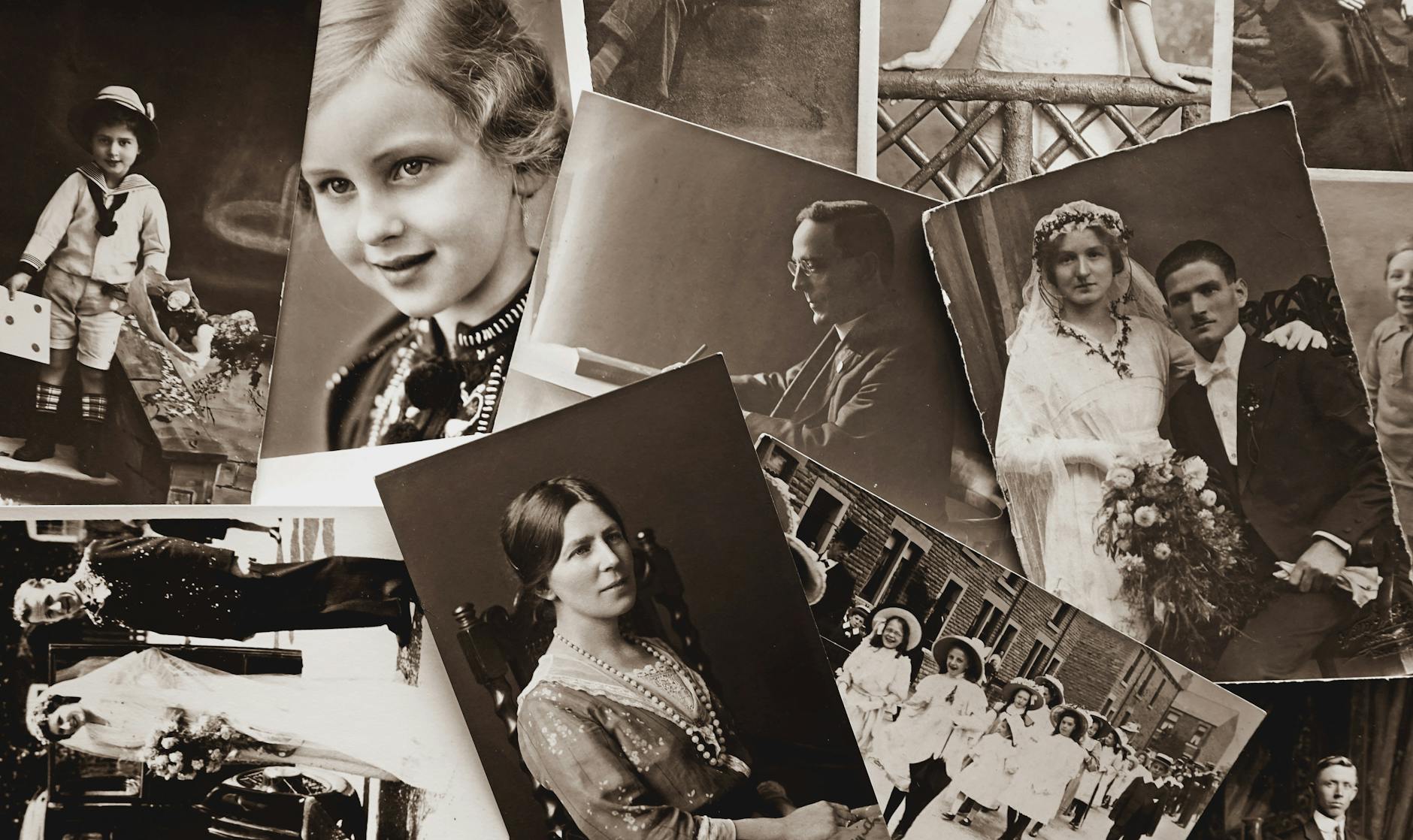

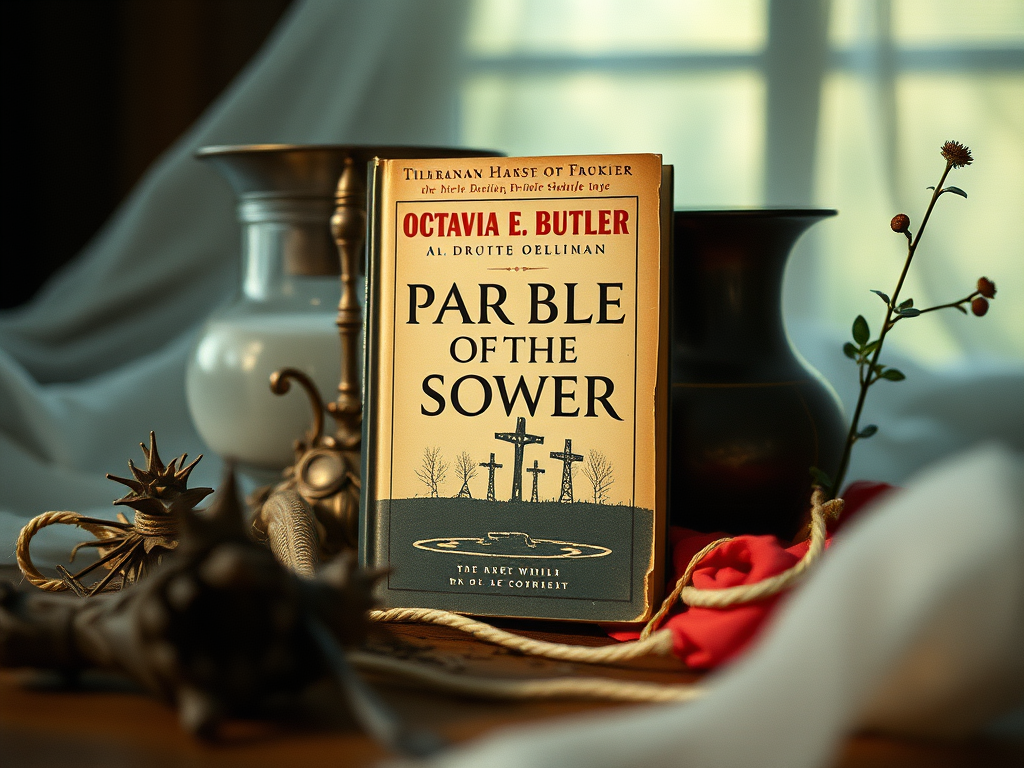
Leave a Reply